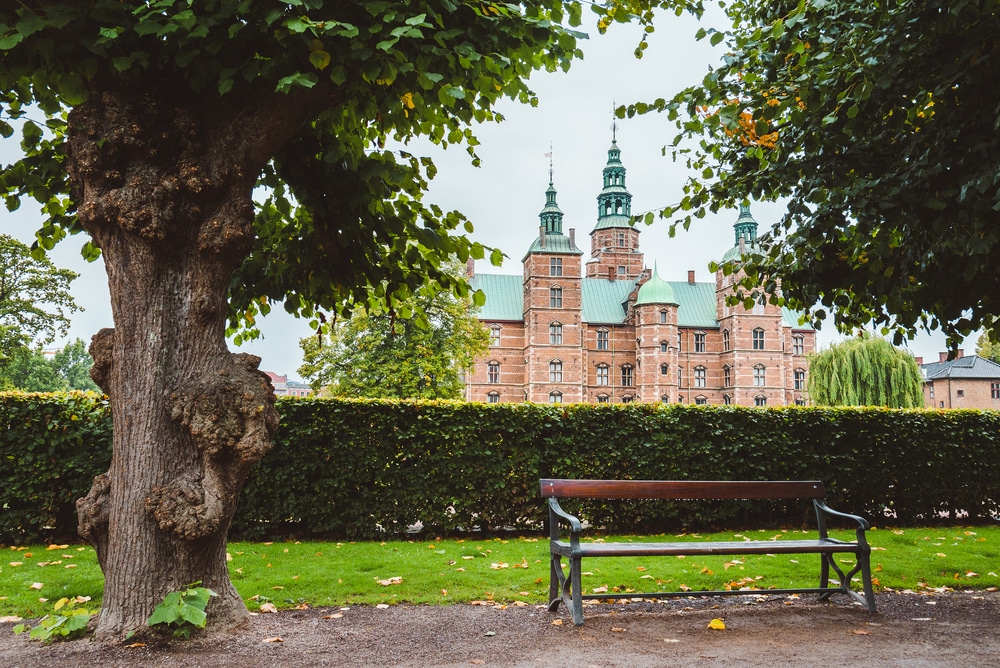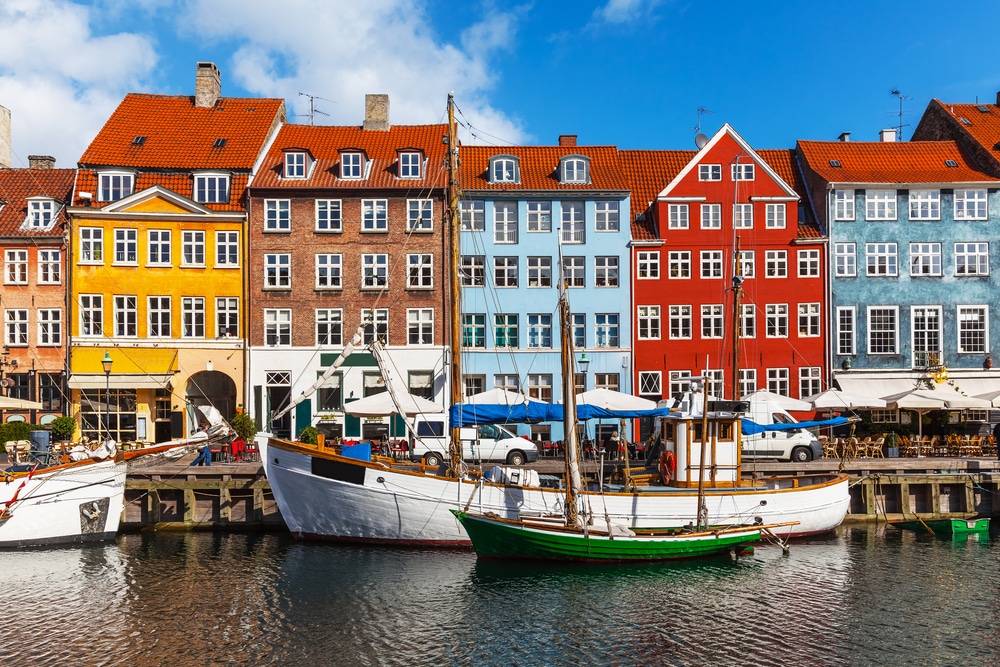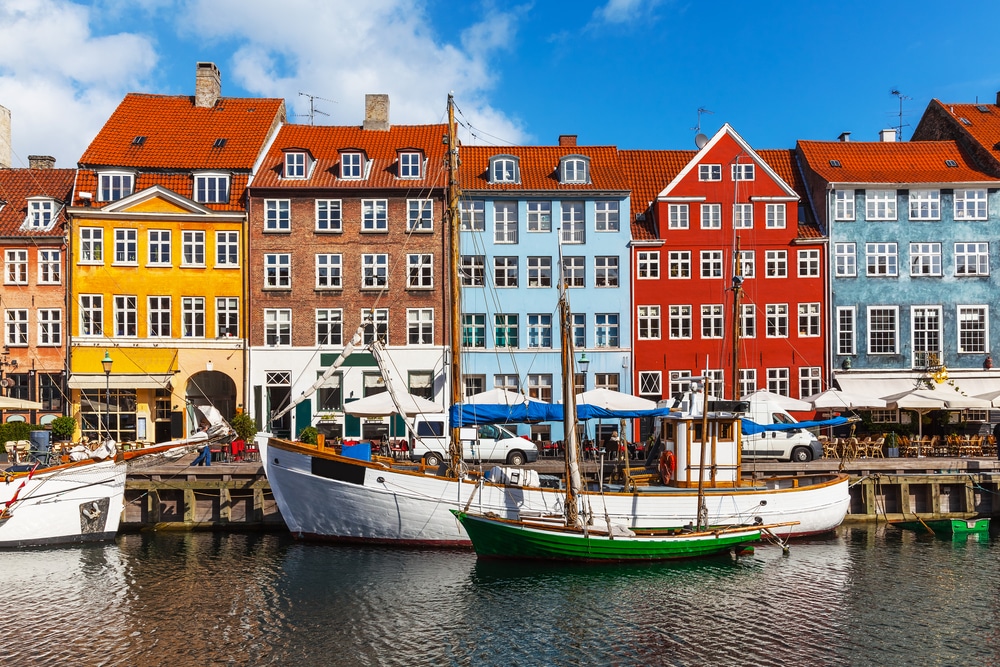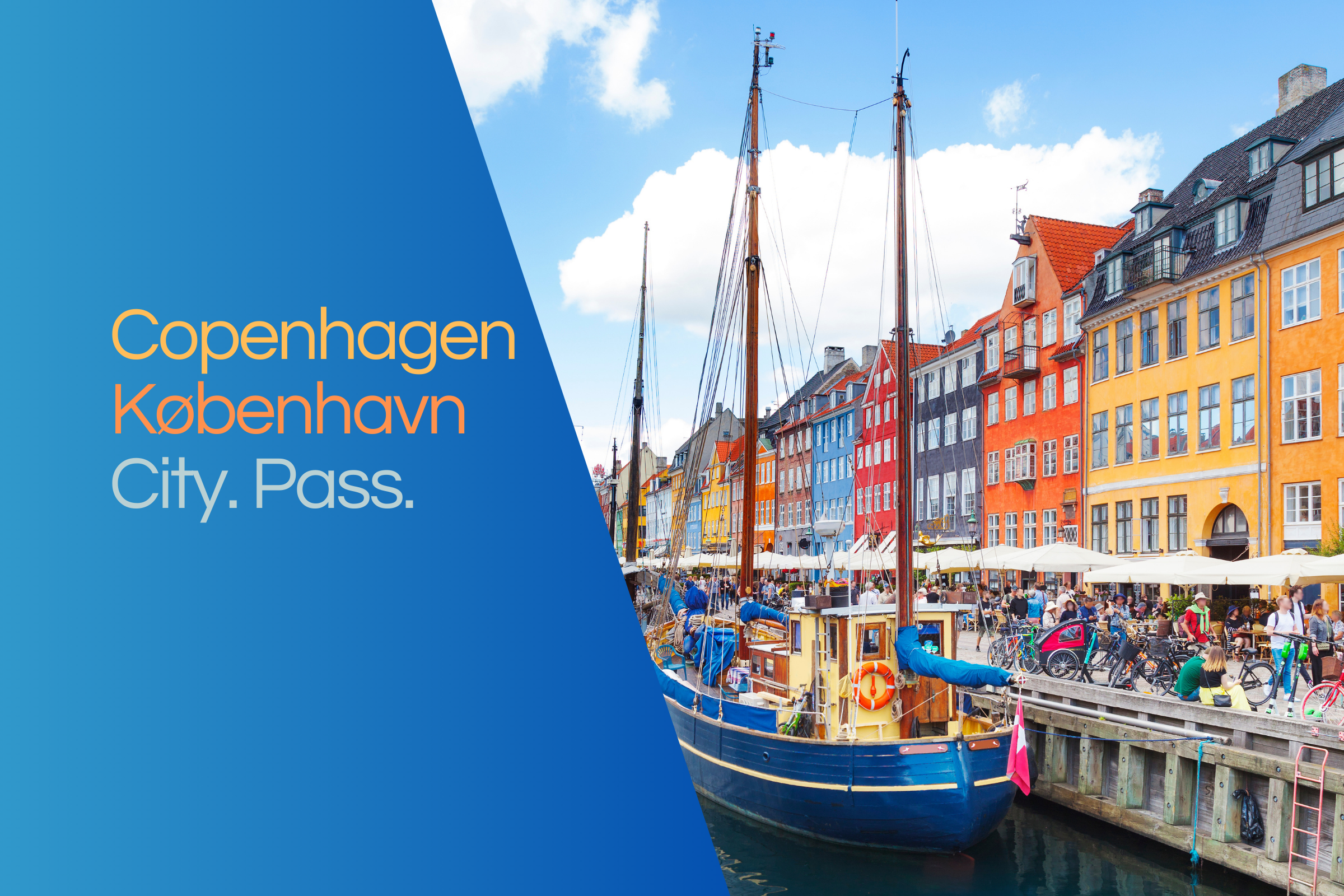- Home ›
- Denmark ›
- Copenhagen
King's Garden
Kongens Have (German "the King's Garden") is the oldest royal garden in Denmark. It is located directly behind Rosenborg Castle in Copenhagen's Old Town and was built in the early 17th century in the Renaissance style.

History
The Danish King Christian IV. (1577 - 1648) had the garden laid out from 1606 as a riding, pleasure, fruit and kitchen garden. The produce was destined for the royal court. The two main paths, Damegangen and Kavalergangen, as well as the parade ground with an open space, are still preserved from this period. Later a baroque garden was laid out, of which the orangery and a garden pavilion still exist.
At times the orangery was the barracks of the royal bodyguard. The Hercules Pavilion was given its current form as early as 1773 by Caspar Frederik Harsdorff. From around that time the Baroque flowerbeds were also redesigned, taking on a garden form reminiscent of English landscape gardens. In the 19th century a rose garden was created, crocuses and perennial beds were planted. The German regent Johann Friedrich Struensee, a well-known reformer at the time, opened the park temporarily to the public as early as 1771 and 1772, and from 1819 it was permanently open to the public. Rosenborg Castle, located in the garden, was built as early as 1613.
Sculptures in the park
There are numerous sculptures in Kongens Have. For example, at the main entrance Kongeporten corner Gothersgade/Kronprinsessegade is a monument to the liberal statesman Viggo Hørup, created in 1908 by the sculptor Jens Ferdinand Willumsen. Hørup had made the park a public attraction by enforcing that everyone was allowed to enter the King's Portal. Kongens Have has retained this status to this day, and is popular with tourists and Copenhageners alike in the summer. From 1624 comes the bronze sculpture "Lion and Horse" by Peter Husum, which shows the supremacy of the Danish King Christian IV. (lion) before Prince Christian of Lüneburg (stallion). The statue of Queen Caroline Amalie, created by Vilhelm Bissen in 1896, was in the crinoline fashion. Both sculptures were also ridiculed, the queen sculpture has the derisive nickname "tea cosy". But they belong to Kongen's Have.






